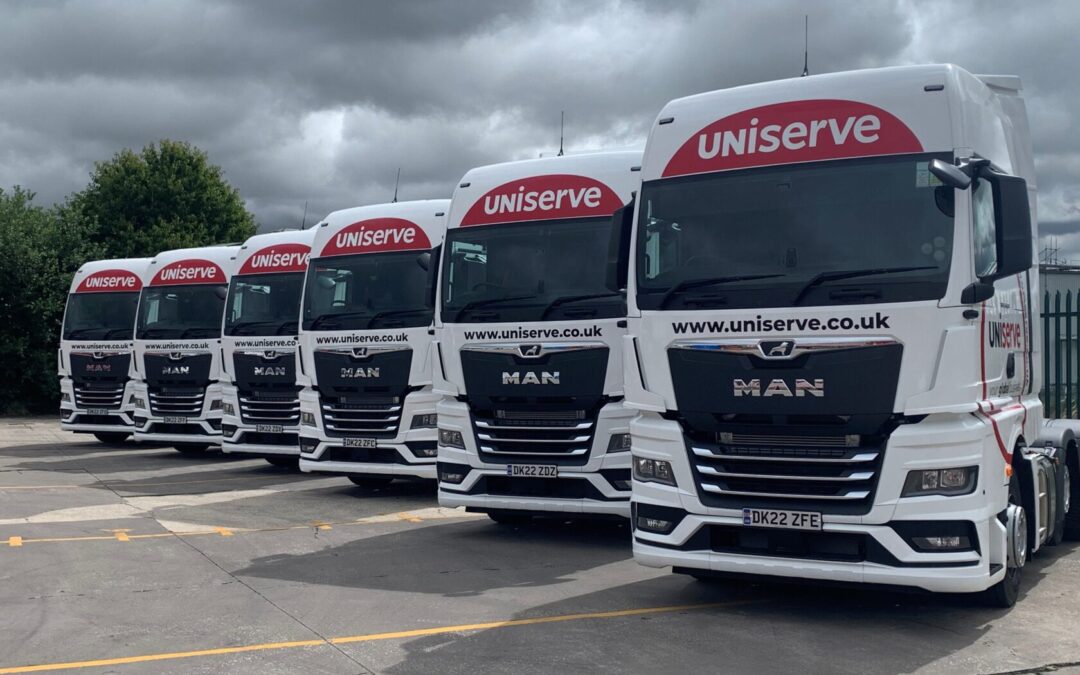What is Road Freight?
Road freight is the transport of goods from one location to another using motor vehicles via road networks. It is a crucial component of the logistics industry, providing a convenient and cost-effective way to move goods over short and medium distances. In this comprehensive guide, we will delve into the world of road freight, covering its types, common challenges, regulations, and best practices to ensure a smooth and efficient transportation process.
Types of Road Freight Vehicles
Road freight transport involves a variety of vehicles designed to cater to different types of goods and logistical needs. These include:
- Rigid Trucks: These vehicles have a fixed structure with the driver’s cab attached to the goods transport trailer, making them suitable for carrying heavy loads over short distances.
- Articulated Trucks: Divided into two separate parts, the driver’s cab and the trailer, these vehicles are ideal for transporting large volumes of goods over medium distances.
- Open Platform Trucks: These trucks carry goods fully or partially uncovered, often used for transporting construction materials.
- Closed Container Trucks: These vehicles have a rear opening for loading goods, commonly used for easily loaded items such as parcels.
- Tarpaulin Trucks (Tauliner): With sides and roofs covered by tarpaulins, these trucks can be put on and taken off, making them versatile for different types of goods.
- Tanker Trucks: Designed for transporting liquid goods, gas, or chemicals, these vehicles are crucial for industries that rely on these products.
- Hopper or Tipper Trucks: These trucks have a tilting trailer to tip the goods, commonly used for transporting bulk materials.
- Refrigerated Trucks: These vehicles allow goods to be kept refrigerated, either by generating cold or insulating them from the outside temperature, essential for perishable goods.
- Car Carriers: Designed to move vehicles such as cars or motorbikes, these trucks can be open or closed, depending on the need.
- Cage Trucks: These trucks are designed for transporting animals, with openings on the sides for air circulation.
Common Challenges in Road Freight
Despite its advantages, road freight faces several challenges that can impact the efficiency and reliability of the transportation process. These include:
- Traffic Congestion: Heavy traffic can lead to delays and increased costs, making it essential to plan routes carefully.
- Weather Conditions: Inclement weather can cause road closures, damage to goods, and delays, highlighting the importance of weather monitoring and contingency planning.
- Regulations and Compliance: Adhering to regulations and obtaining necessary permits can be complex and time-consuming, requiring careful planning and coordination.
- Security and Theft: Goods in transit are vulnerable to theft and damage, emphasising the need for secure storage and monitoring.
Regulations and Compliance in Road Freight
Road freight is governed by various regulations and laws that ensure the safety and security of goods in transit. These include:
- EU Road Freight Regulations: The European Union has strict regulations regarding the use of road freight vehicles, including maximum lengths, weights, and emissions standards.
- Driver Documents: Drivers must possess the right category of driving license for the vehicle being driven, as well as other required documents such as insurance and medical certificates.
- Vehicle Documents: Vehicles must be equipped with the necessary documents, including a valid passport, international visa (if traveling outside the EU), insurance, and medical documents.
- Cabotage Documents: These documents are required for the haulage of goods between two points in a country with a vehicle not registered in that country.
Best Practices for Road Freight
To ensure a smooth and efficient road freight process, it is essential to follow best practices that address common challenges and regulations. These include:
- Route Planning: Carefully plan routes to minimise traffic congestion and optimise delivery times.
- Weather Monitoring: Monitor weather conditions to anticipate potential disruptions and plan accordingly.
- Security Measures: Implement security measures such as secure storage and monitoring to protect goods in transit.
- Compliance: Ensure compliance with regulations and laws, including obtaining necessary permits and maintaining accurate records.
Conclusion
Road freight is a vital component of the logistics industry, offering a convenient and cost-effective way to move goods over short and medium distances. By understanding the types of road freight vehicles, common challenges, regulations, and best practices, logistics companies can optimise their transportation processes, or find the right road freight provider to ensure the safe and efficient delivery of goods.

